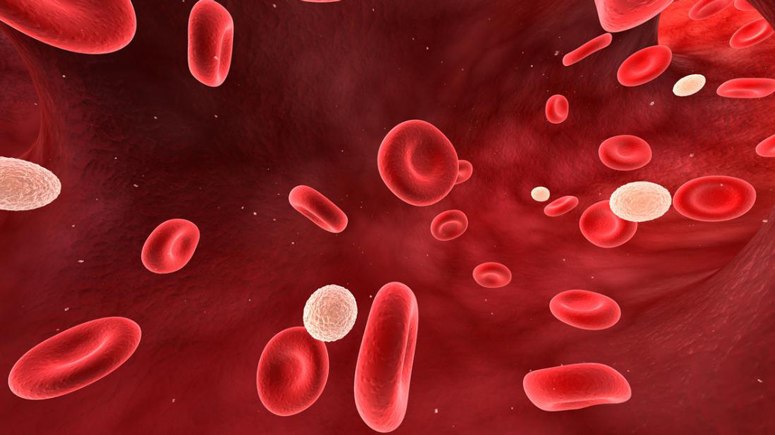What Is Granulocytosis?

Granulocytes are white blood cells (WBCs) that contain small granules or particles. Several proteins are found in these particles for fighting off bacteria and viruses.
Granulocytosis is a condition characterized by too many granulocytes (a group of white blood cells) in the blood. Granulocytes can be further grouped as mast cells, neutrophils, eosinophils [1] and basophils. However, granulocytosis happens when the levels of neutrophils, eosinophils or basophils [2] are elevated.
White blood cells are needed in sufficient levels in the body. However, when they are in abnormally high levels it can cause infection or disease. An increase in the number of granulocytes is caused by response to infections, autoimmune diseases, and blood cell cancers.
In some cases, granulocytosis is closely linked to chronic myeloid leukemia (CML) and other bone marrow diseases.













